There won’t be any cygnets this year. The cob was on the lake this morning on his own, occasionally slapping the water, floating without any evident purpose. His last children were taken away to new homes a year ago. His mate of years, the pen, died last spring.
People who live in the country always assume that no one in inner London has much idea of the seasons. But everyone who goes to the park notices some annual events. One used to be the nesting of the pair of swans and the laying of eggs.
The swans look like ballerinas to many people, but to me they always look like London policemen
It’s hard not to look at some animals in your own terms, from a different species. My dog Greta believes that head and shoulders down, bottom up and waggling means “Come on, chum — let’s muck about.” In swans, however, that turns out to mean “Prepare to die, puny canine.” Outrage ensues. The swans look like ballerinas to many people, but to me they always look like London policemen — beefy, inexplicably prejudiced against whole communities, and always ready to tick off strangers when they spot an infraction.
The two swans nested every year in the reeds by a busy path. They ignored human passers-by, though they’d hiss at ducks who came too close. Once the cygnets emerged, the squad resembled a family determined to enjoy their roadside picnic, in a lay-by next to a pile of loose chippings. One year, I saw the pen on the nest with her new children, watching the cob tidying up the reeds and clearing their path to the open lake. His resentment was unmistakable. If she’d had arms, they’d be folded; if she could have spoken, she’d have said: “You’ve been saying you’ll clear out that garage for four months now.”
Because the nest is in such a public place, everyone in the park knows the progress of the swans’ brood. Last year, I met my friend Susanna. “She’ll be laying her eggs soon,” she said without preamble. “They’ve got the nest just right.” “I saw them building it last week,” I said. “It looked such a domestic little scene.” We were in the coffee queue in the park café, a surprisingly glamorous place where royalty has been glimpsed. (Well, Lord Frederick Windsor, anyway.) The park regulars coincide there, and share the news. “Katy told me — you know Katy, she knows all about swans — “Yes, indeed,” I said. “…She said it can only be days away when she starts laying. She’s already practicing sitting on the nest. Lord knows why they do that.”
A few days went by. Greta and I walked by the nest. It was a beautiful but windy day — the clouds sailing in the blue sky and the cob, patrolling the reeds in a stately way, were mirror images. The pen was, indeed, sitting on the still empty nest, practicing. I suppose she wanted to make sure it was comfortable by the time the eggs came. “Won’t be long now,” I said a few minutes later, meeting the brisk Norwegian PE-mistress type with her very well-trained Rottweiler, Kitty. She knew exactly what I was talking about. “But how long do the eggs take to hatch?” she said.
During the most memorable year of watching the swans, I happened to be walking past the nest one lunchtime at the exact moment of hatching. A movement under the pen caused her to get up and take a look; there was something poking through what had been a solid surface. It evidently amazed her, and she stared at it foolishly. It didn’t seem to occur to her to help her child in any way. I waited, and in a while there was a scruffy little head; a body; a small person, and next to him a brother starting to emerge in just the same way. I had been joined on the path by a man in his thirties in a suit — one of those who like a quiet break from the office to smoke a joint in the park. We watched together for an hour, occasionally passing a companionable observation — I didn’t take his offer to smoke with him, but when we left, we absurdly shook hands. Two out of eight cygnets survived, that year. The foxes got lucky.
Last year, we were waiting for the laying to begin. We went away for the weekend, and on Monday morning I met Susanna by the bandstand. “She died,” she said without preface. “The mother swan died.” She had started to lay; after three eggs, one somehow stuck. “Katy says it sometimes happens. They die of peritonitis.”
The cob tried to hatch the three eggs in the next weeks, sitting on the nest; then he forgot about it; went off in solitary grieving splendor. He’s been alone ever since. “Can’t they bring a new mate in?” I said one day. “They’ve got to find a mate themselves, I’m told,” Susanna said. The swan was going backwards and forwards on the lake. “They don’t mate for life, apparently, that’s just a myth, like singing before they die, but they like to think they’ve found a new mate?themselves.” “Heartbreaking,” I said. But I was projecting like mad. In a moment the old cob noticed Greta, who had been barking for some minutes. He came towards us at full, hissingly minatory speed, head down, bottom up and waggling in fury. “Some people just don’t know what to do with sympathy,” I said. “I was almost starting to like him, too.”
This article was originally published in The Spectator’s UK magazine. Subscribe to the World edition here.



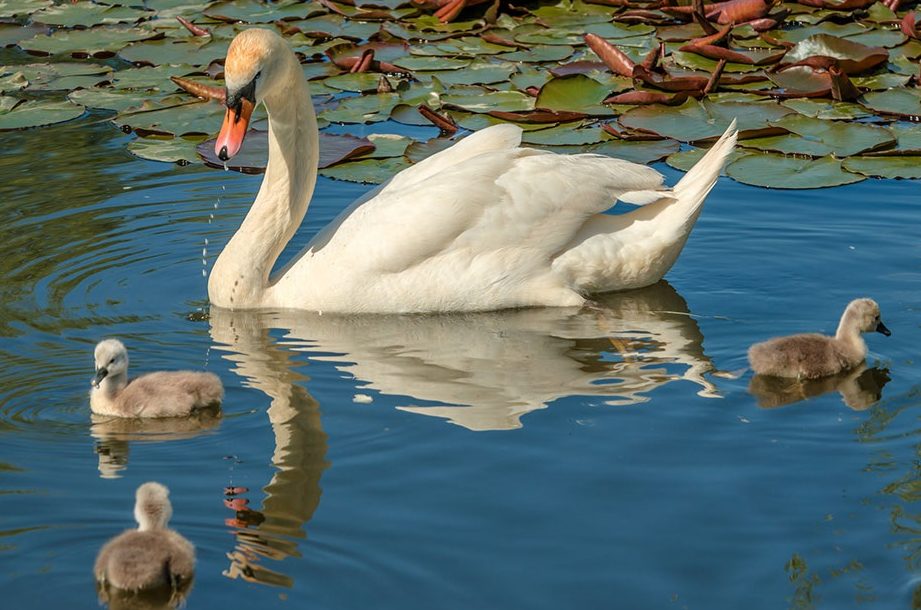







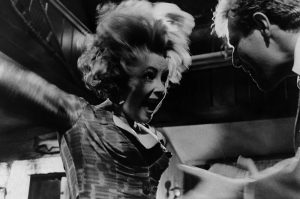


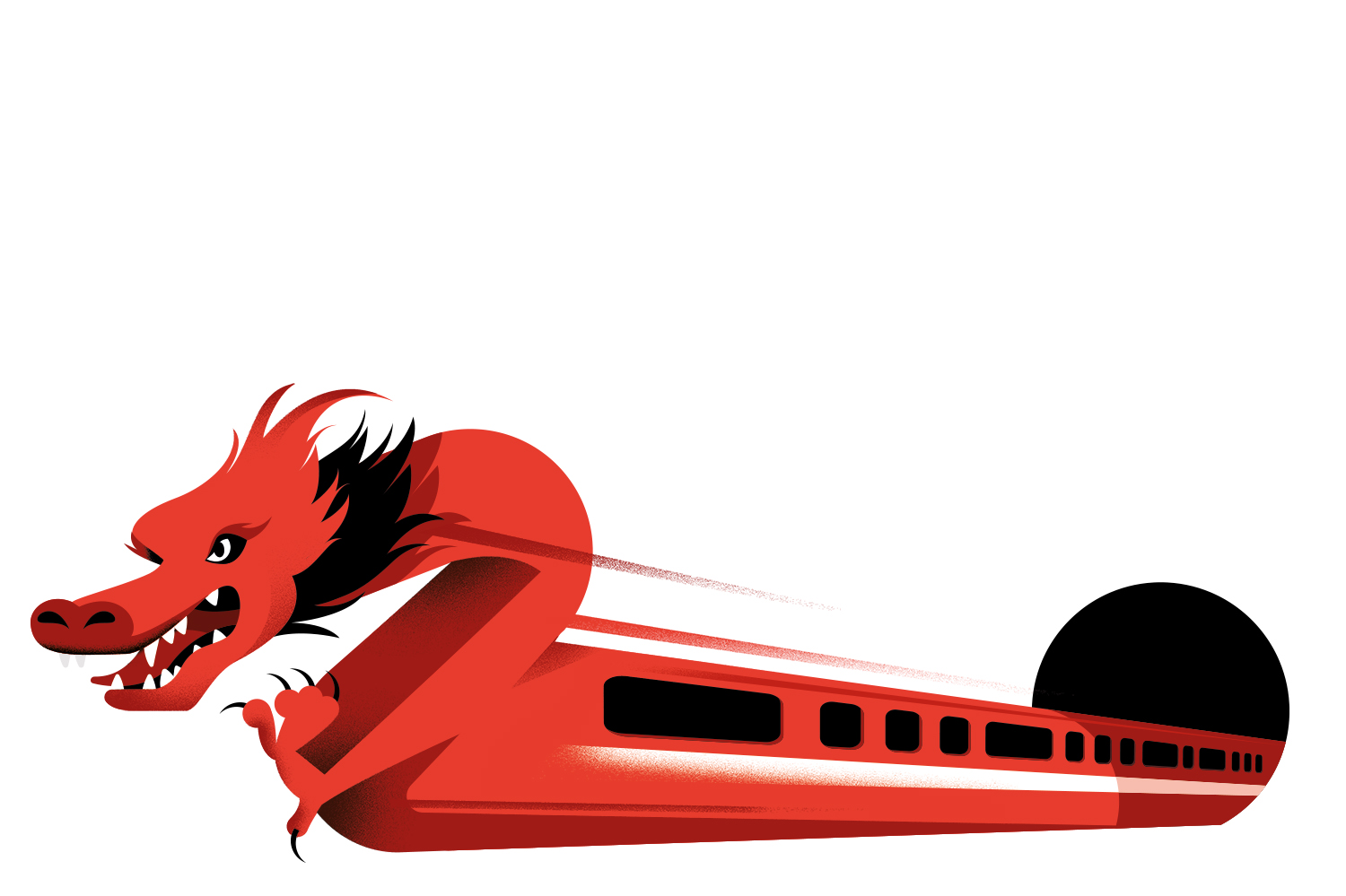
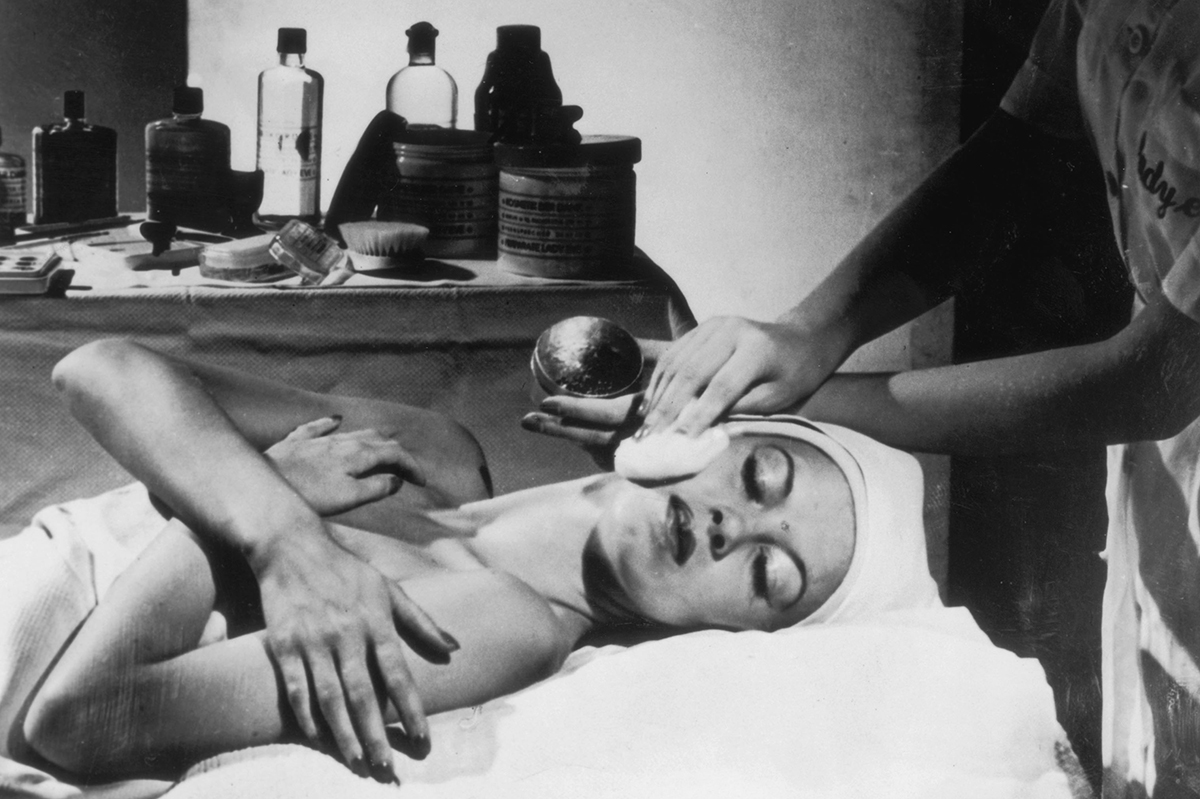
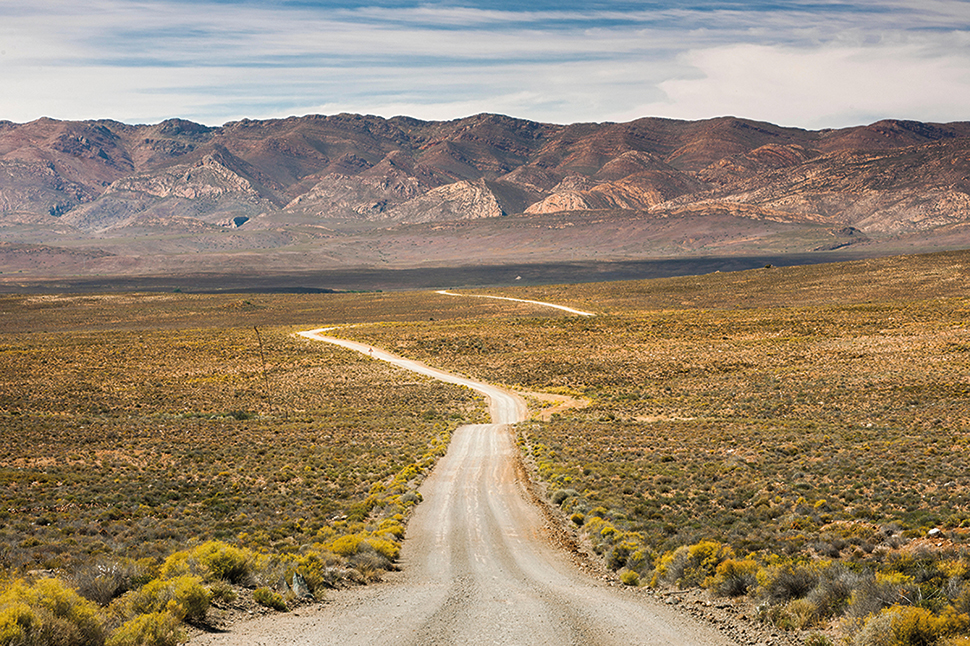









Leave a Reply